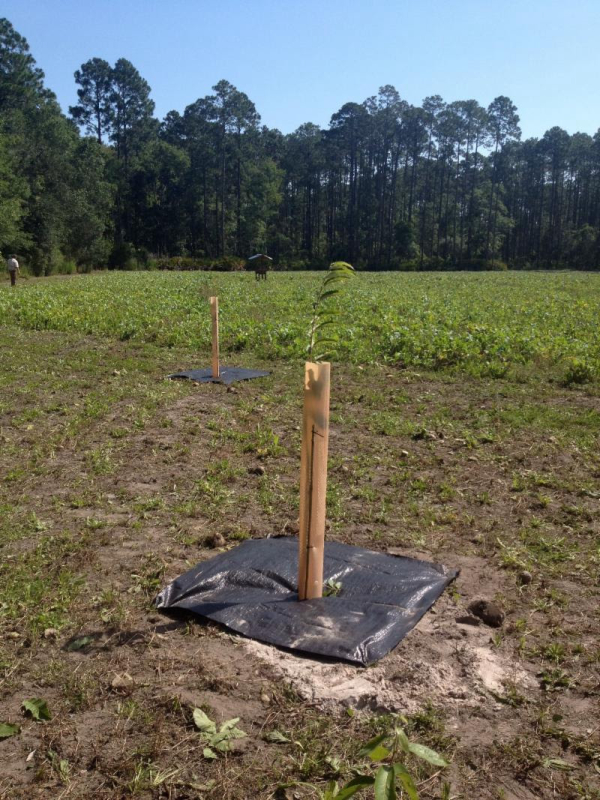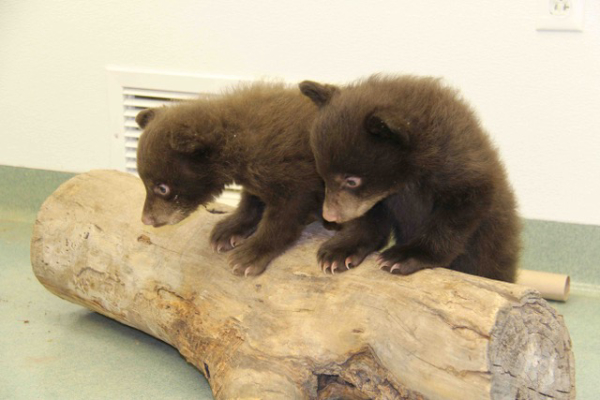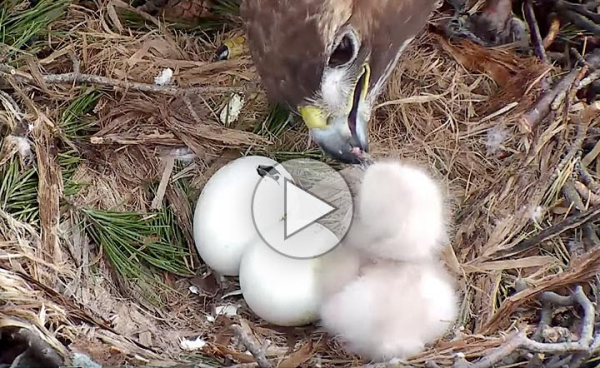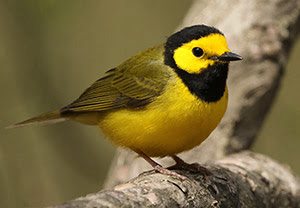Critically endangered Florida grasshopper sparrows released into wild
Captive-reared Florida grasshopper sparrows are being released on public lands in Osceola County during the coming weeks in an ongoing effort to reverse a near collapse of the species.
The Florida Fish and Wildlife Conservation Commission (FWC), U.S. Fish and Wildlife Service and partners are releasing captive-reared sparrows in an effort to boost the existing population. Current survey counts show fewer than 80 sparrows in the wild.
In recent years, the population of Florida grasshopper sparrows has declined sharply. Extinction in the wild is a very real possibility, and the multi-partner recovery program’s captive breeding and release efforts are part of the strategy to avoid this outcome.
“There’s no time to waste for this charismatic songbird found nowhere else in the world. The sparrow is fighting hard for its existence and so must we,” said Julie Wraithmell, executive director of Audubon Florida. “This release throws a lifeline to the species while agency researchers continue to search for the key to the sparrow’s recovery in the wild.” Read more








 Up to $70,000 (in matching grants up to $3,000 each) is available this year to support tree planting on public property. It’s all part of the ongoing partnership between the DTE Energy Foundation, which supplies the funding, and the DNR and ReLeaf Michigan, which together administer the program, to promote and properly plant trees on public property.
Up to $70,000 (in matching grants up to $3,000 each) is available this year to support tree planting on public property. It’s all part of the ongoing partnership between the DTE Energy Foundation, which supplies the funding, and the DNR and ReLeaf Michigan, which together administer the program, to promote and properly plant trees on public property.